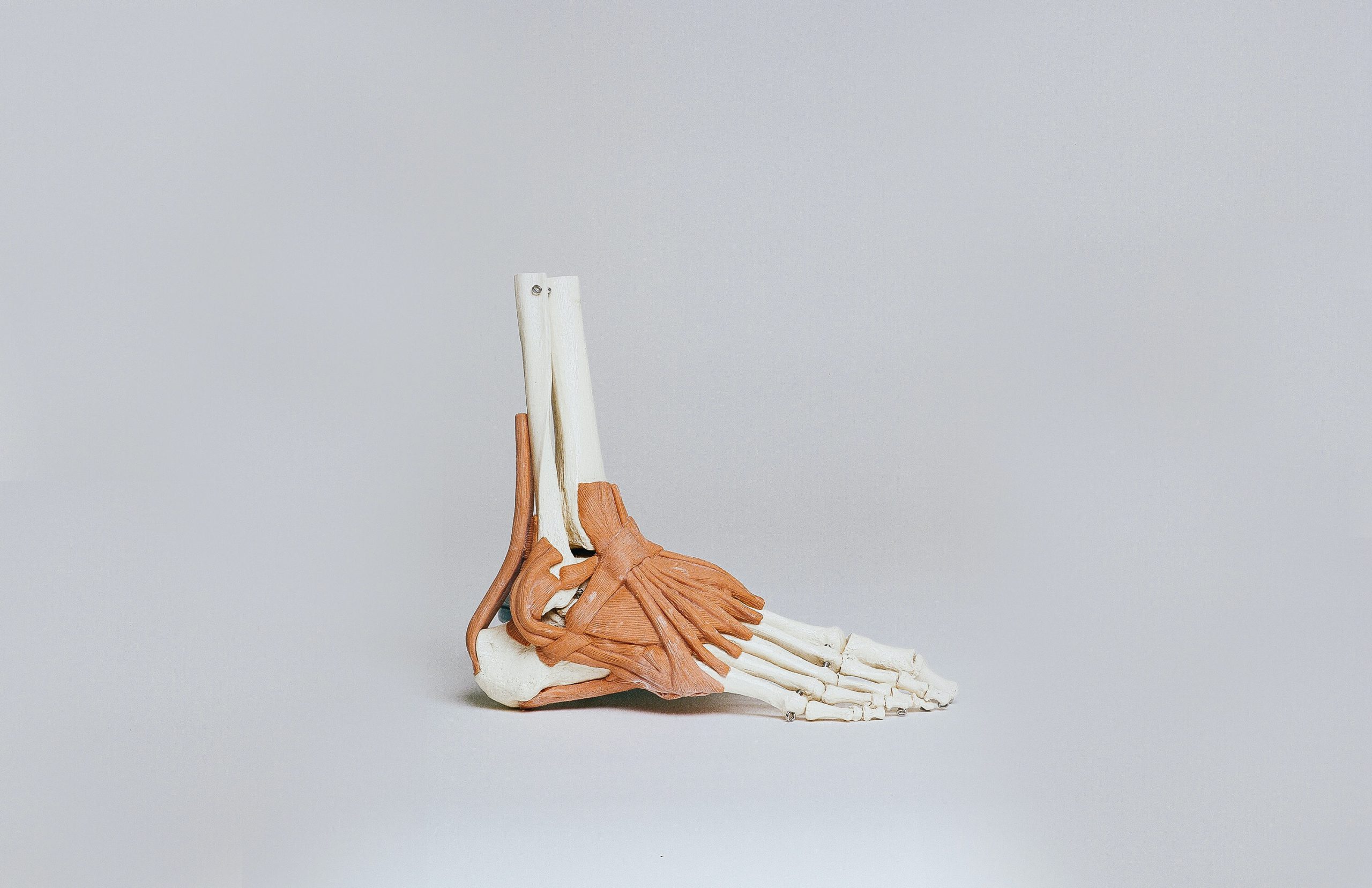Stress fractures and micro-fractures
1. What is a stress fracture
Stress fractures occur in bones suffering from “mechanical fatigue”. They are the consequence of the sum of exceeding repetitive submaximal loads, without sufficient time for recovery, which creates an imbalance between the physiological process of bone resorption and bone formation.
These fractures usually being in anatomical areas subject to high stress, where an “initial crack”, or initial micro-fracture is generated. These microscopic cracks cannot heal and are subjected to further loads, and the micro-damage increases, widening the crack to generate an actual stress fracture.
Stress fractures are relatively common overload injuries in athletes, particularly affecting the lower limbs. They often occur in track or jumping athletes and in some cases are associated to an increased volume or intensity of training. The most affected bones are the tibia, metatarsi, navicular, fibula and calcaneus.
2. Symptoms of stress fractures
Clinical symptoms vary among patients; it is therefore fundamental to understand the medical history and perform an in-depth examination to determine whether it is a stress fracture.
Patients usually describe a pain that began gradually without any specific injury, which worsens progressively during sporting activities to become constant over time.
In some cases, patients may have slight bruising or reddening in the painful area, with targeted pain which increases with load, leading to an antalgic gait.
3. Is there a way of preventing stress fractures?
As explained, stress fractures usually occur following an overload caused by excessive training without suitable recovery times. Therefore, the best way to prevent it is by carefully dosing training sessions and ensuring appropriate rest between them.
Another factor to assess is how the feet are positioned statically and dynamically. In fact, while walking or running, an alteration in the distribution of loads can lead to the excessive use of a specific area of the foot. And this occurs especially in stress fractures of the navicular bone or the metatarsi. For athletes who run a lot or for those who have already suffered from stress fractures, it is advisable to see a podiatrist and undergo a baropodometric examination to assess how the feet are supported and the distribution of loads.
4. Treatment of stress fractures
Once the stress fracture has been diagnosed, usually by an x-ray or magnetic resonance, the initial treatment involves resting the affected joint, reducing the stress to within physiological limits to allow healing. This usually requires a reduced or zero load for 1-2 months, depending on the severity of the fracture. In some cases, the physician may recommend crutches, in other cases a specific brace.
For athletes who cannot rest completely in order to avoid compromising their physical condition, activities such as swimming and hydrokinesitherapy, cycling or weight training for the upper body (for stress fractures of the leg/foot) are allowed, all fully respecting the pain and bone healing.
Magnetotherapy, an instrumental therapy used to stimulate and speed up the bone calcification, is recommended right from the start. As this treatment must be performed for several hours a day to be effective, the best solution is to hire an appliance from a certified company and use it at home, at least for the first 15-20 days.
5. Physiotherapy and useful advice
Once the fracture has been consolidated, it is important to begin rehabilitation with a physiotherapist to recover the correct gait, strength, muscular strength and proprioception. In some cases, the therapist also has to work on joint stiffness caused by immobility.
For recovering athletes, it is fundamental to work with a graduate in Sports Sciences, who after initial rehabilitation can help the sportsperson to get back into optimum shape with a view to returning to competitions.
As the vast majority of stress fractures are caused by running, it is useful and recommended to improve running techniques, which are often unnatural with incorrect posture and rhythms, consequently leading to greater overload and risk of injury.









